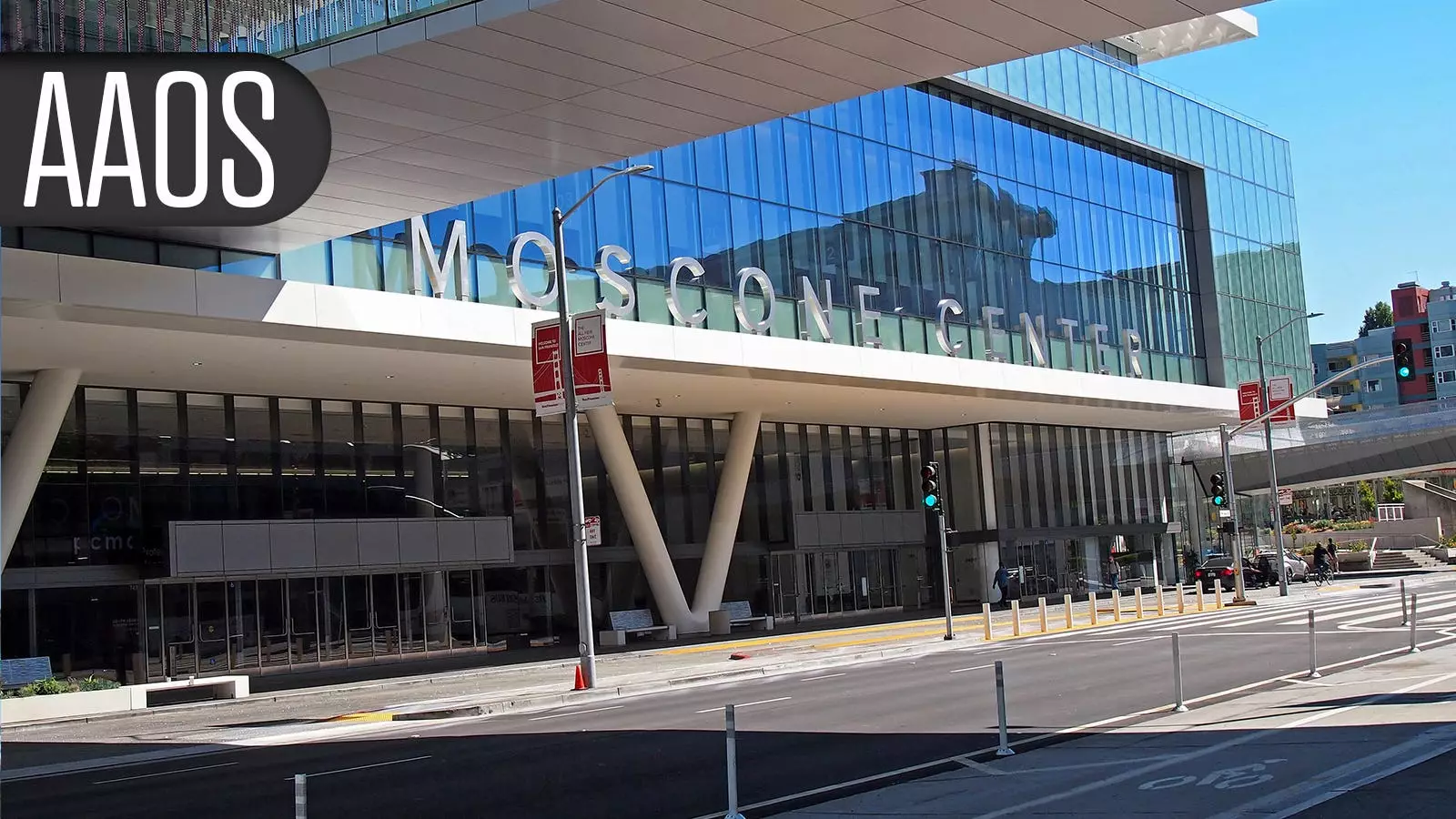The use of artificial turf in professional sports, specifically in the National Football League (NFL), has long been a contentious issue. Players have consistently voiced their concerns about the higher rate of injuries sustained on artificial turf compared to natural grass. Now, an independent study by the Steadman Philippon Research Institute in Vail, Colorado, provides evidence to support these claims. The study analyzed injury data from the NFL database between 2016 and 2021, revealing that common injuries were more prevalent on artificial turf. However, the study also highlights that not all types of artificial turf contribute equally to player injuries. This critical analysis explores the findings of the study and their implications for the NFL.
Until the 1960s, football was exclusively played on natural grass. The introduction of the Houston Astros’ Astrodome, the first fully enclosed major league baseball stadium, marked a significant shift towards artificial turf, known as AstroTurf. The ease of maintenance and durability of artificial turf made it an appealing choice for professional sports facilities. However, players soon voiced their concerns about the surface, citing its hardness compared to natural grass. They also experienced issues with shoe traction, leading to strain and tear injuries to cartilage, ligaments, and tendons.
Teams initially downplayed player concerns, attributing rising injury rates to players’ increased size, strength, and speed. While it is challenging to definitively determine whether injuries would have occurred on natural grass, the new study presents compelling evidence of the surface’s contribution. The study examined injury data from over 1,700 games played between 2016 and 2021, almost evenly split between artificial and natural surfaces. Notably, three-quarters of the artificial surfaces were slit-film turf, which is designed to provide a softer feel and break down with use.
The comprehensive analysis revealed that every type of common injury occurred more frequently on artificial turf compared to natural grass. The injury rates varied from a 2% increase to a staggering 62% increase. For instance, ankle injuries had a rate of 0.561 per game on artificial turf, compared to 0.498 on natural grass. The most significant disparity was observed in MCL injuries, with rates of 0.089 on artificial surfaces versus 0.055 on grass. However, for certain injury types, such as ACL tears, groin pulls, and lower extremity fractures, rates were similar between natural grass and monofilament plastic surfaces.
The study further examined the impact of different artificial turf variations on injury rates. Slit-film surfaces, which accounted for the majority of artificial surfaces, consistently showed higher injury rates compared to a combination of natural grass and non-slit artificial surfaces. Slit-film turf had a 30% higher rate of ankle injuries, 33% higher rate of hamstring pulls, 45% higher rate of quadriceps injuries, and 38% higher rate of Achilles tendon strains and tears. Interestingly, ACL tears, groin pulls, and lower extremity fractures were less frequent on slit-film turf than on natural grass and monofilament surfaces.
The findings of this study have significant implications for player safety in the NFL. By establishing a clear association between artificial turf and higher injury rates, the research provides valuable insights for the NFL and the NFL Players’ Association (NFLPA) to develop guidelines for playing surfaces. Implementing regulations and recommendations based on this research could help mitigate the risk of injuries for players. The safety and well-being of athletes should always remain a priority, and this study serves as a crucial step towards improving player safety in the NFL.
The independent study on the impact of artificial turf on player injuries in the NFL confirms what players have long suspected – artificial turf poses a higher risk of injuries compared to natural grass. This critical analysis of the study’s findings emphasizes the need for further research and regulation in order to address player safety concerns. By identifying the specific risk factors associated with different types of artificial turf, the study provides a foundation for the NFL and the NFLPA to develop guidelines that can effectively reduce injuries in the league. Ultimately, the goal should be to create an environment where players can compete at their highest level while minimizing the risk of preventable injuries.


Leave a Reply